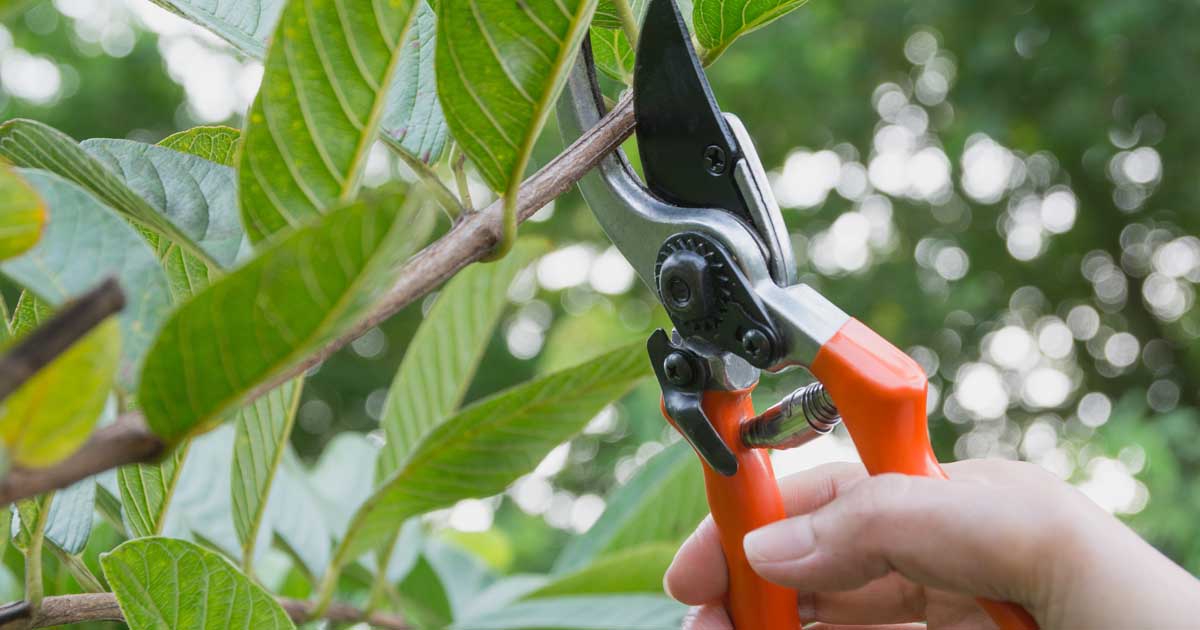Understanding the Importance of Pruning and How to do it Correctly for Healthier Plants
Introduction
Pruning is an essential aspect of maintaining a healthy and productive garden. Removing dead, damaged, or overgrown branches can promote better plant health, improve air circulation, and encourage more robust growth. Whether you’re working with traditional in-ground beds, garden boxes, or raised garden bed understanding your garden to succeed in the long run, pruning and proper techniques are crucial.
The Benefits of Pruning
Pruning offers numerous advantages for your plants, including:
Improved Plant Health: Removing dead or diseased branches can prevent the spread of infections and promote overall plant health.
Enhanced Growth: Pruning can stimulate new growth by redirecting energy and resources to healthy branches.
Better Fruit and Flower Production: Proper pruning can increase fruit and flower production by encouraging growth in areas that receive optimal sunlight and air circulation.
Aesthetic Appeal: Pruning can improve the appearance of your plants, creating a more visually appealing garden.
When to Prune
The best time to prune your plants depends on the type of plant and its growth habits:
Deciduous Trees and Shrubs: These should be pruned during dormancy, typically in late winter or early spring, before new growth begins.
Evergreen Trees and Shrubs: These can be pruned in late winter or early spring, although light pruning can also be done throughout the growing season.
Flowering Shrubs and Perennials: Prune these after they have finished blooming to encourage new growth and future blooms.
Fruit Trees: Prune fruit trees in late winter or early spring to promote a strong structure and enhance fruit production.
Pruning Tools and Techniques
Having the right tools and using proper techniques are essential for successful pruning:
Use Sharp, Clean Tools: Invest in high-quality pruning shears, loppers, and pruning saws, and keep them sharp and clean to ensure clean cuts and prevent the spread of diseases.
Make Proper Cuts: Cut at a 45-degree angle, just above an outward-facing bud or a lateral branch, to encourage outward growth and prevent water from pooling on the cut surface.
Remove Dead, Diseased, or Damaged Branches: Always prioritize the removal of these branches to maintain plant health and prevent the spread of infections.
Thin Out Overgrown Areas: Remove crossing or rubbing branches and thin out dense areas to improve air circulation and light penetration.
Pruning in Raised Garden Beds
When pruning plants in raised garden beds, consider the following tips:
Pay Attention to Plant Spacing: Ensure proper plant spacing in your raised garden bed to minimize the need for extensive pruning and promote better air circulation and light exposure.
Train Climbing Plants: Use trellises or support structures to train climbing plants, such as tomatoes or cucumbers, and prune as needed to maintain a manageable size and shape.
Prune Perennials for Compact Growth: To promote compact growth and keep perennials in your raised garden bed from getting too big or sprawling, trim them on a regular basis.
Conclusion
Pruning is a vital component of maintaining a healthy and thriving garden. By understanding the importance of pruning and employing proper techniques, you can promote better plant health, increase fruit and flower production, and enhance the overall appearance of your garden. Whether you’re working with traditional in-ground beds, garden boxes, or raised garden beds, incorporating effective pruning practices into your gardening routine can contribute to a more successful and satisfying gardening experience.


